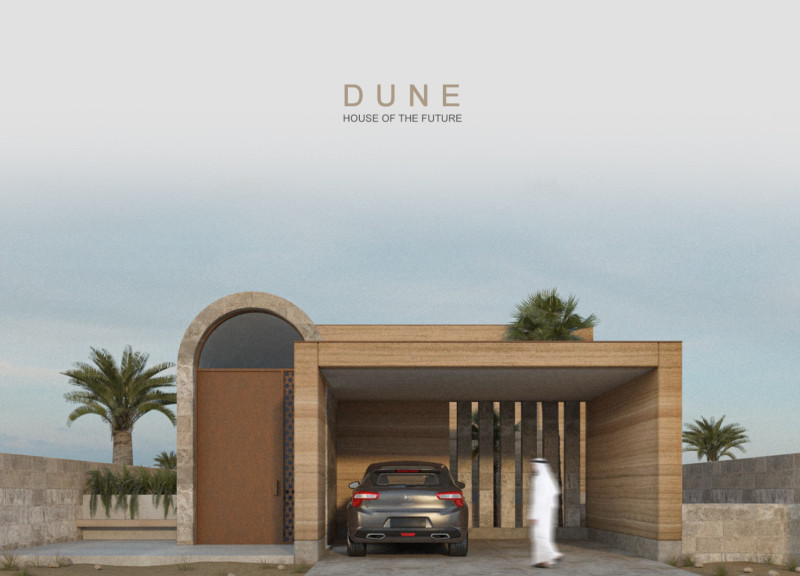5 key facts about this project
At its core, the project represents a harmonious blend of contemporary architecture and sustainable practices, showcasing an intentional design that prioritizes user experience alongside environmental considerations. The primary function of this building is to provide a versatile area that can accommodate various activities—ranging from community gatherings to educational programs. This adaptability is a crucial aspect, enabling the space to meet the diverse needs of its users while also serving the broader community.
The architectural design is characterized by clean lines and an open layout that encourages natural light to permeate the interior. Large windows are strategically positioned to offer panoramic views of the environment and foster a connection between inside and outside. This deliberate design choice not only enhances the aesthetic appeal but also contributes to energy efficiency, reducing the need for artificial lighting throughout the day. The use of sustainable materials further emphasizes the project's commitment to environmental stewardship. Materials such as reclaimed wood, low-VOC (volatile organic compounds) paints, and high-performance glass are thoughtfully utilized to minimize the ecological footprint while fostering a warm and inviting atmosphere.
The project also features several distinct elements that highlight its unique design approach. For instance, outdoor spaces are seamlessly integrated into the overall scheme, promoting outdoor activities and allowing users to engage with the surroundings. Terraces and green roofs contribute to biophilic design principles, offering additional recreational areas and enhancing biodiversity. These spaces not only provide aesthetic value but also actively support urban wildlife and improve air quality.
A notable aspect of this architectural project is its attention to cultural context. The design thoughtfully acknowledges the local architectural vernacular, incorporating materials and forms that resonate with the existing built environment. The facade, composed of a mix of locally sourced stone and modern cladding, reflects a dialogue between tradition and innovation. This approach fosters a sense of belonging and continuity within the community, as the building pays homage to the site's historical significance while ushering in a new chapter of architectural expression.
Moreover, the planning of the interiors focuses on flexibility and comfort, with an array of communal spaces designed to encourage interaction and collaboration. Movable partitions allow for the reconfiguration of rooms as needed, demonstrating a keen understanding of the dynamics within community-focused spaces. The interior finishes further echo the exterior aesthetic, utilizing natural materials to create a cohesive narrative throughout the building.
In conclusion, this architectural project stands as a testament to thoughtful design that integrates functionality, sustainability, and community engagement. The unique interplay of modern techniques with traditional elements not only enhances its visual appeal but also solidifies its role as a vital part of the urban landscape. Readers interested in exploring the comprehensive details of this architectural endeavor are encouraged to investigate further. Delving into aspects such as architectural plans, architectural sections, architectural designs, and architectural ideas will provide deeper insights into how this project was conceived and developed, highlighting its relevance in contemporary architectural discourse.

























